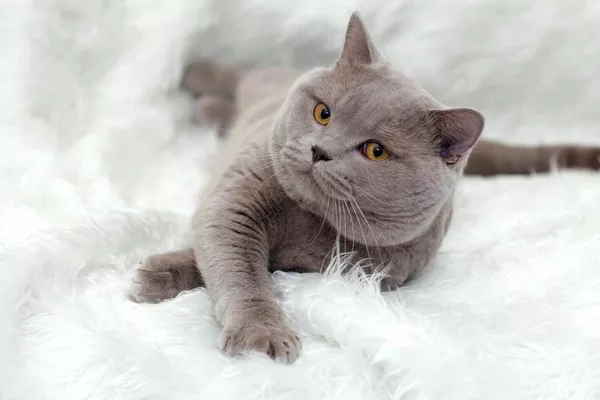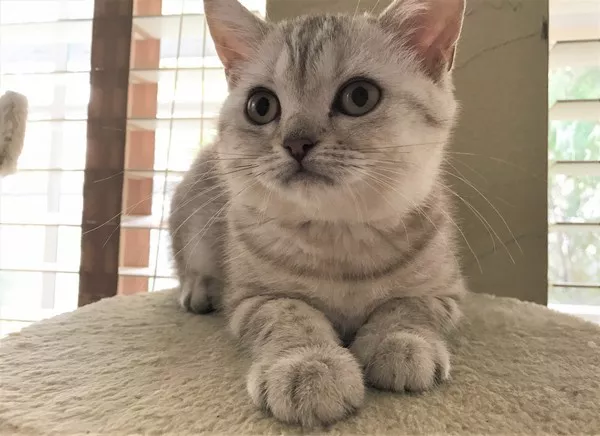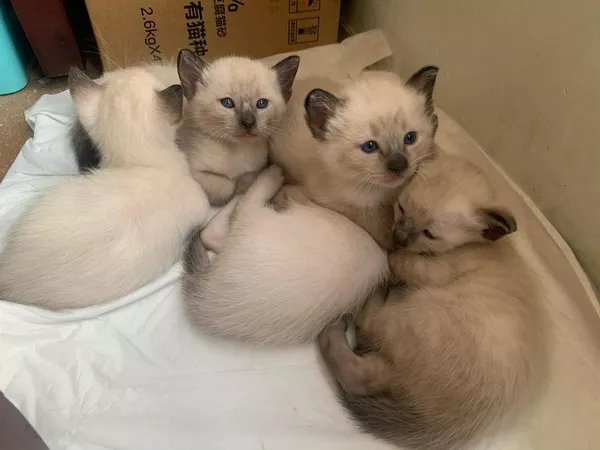While cats are beloved companions known for their independence and cleanliness, issues like inappropriate urination can be a cause of frustration for pet owners. If you’ve been struggling with a cat that’s peeing in the house, you’re not alone. In this article, we’ll explore the common reasons behind this behavior and provide practical solutions to help you effectively stop your cat from peeing indoors. By understanding the underlying causes and implementing targeted strategies, you can create a harmonious environment where your cat maintains their natural instincts while your home remains clean and odor-free.
Understanding the Reasons for Inappropriate Urination
1. Medical Issues
Before addressing the behavioral aspect, it’s crucial to rule out any medical conditions that might be causing your cat’s urination problems. Conditions like urinary tract infections, bladder stones, or kidney issues can lead to discomfort and inappropriate urination.
2. Stress and Anxiety
Cats are sensitive creatures, and changes in their environment, routine, or the introduction of new pets can trigger stress and anxiety, leading to urination outside the litter box.
Provide Adequate Litter Box Care
1. Number and Placement
Ensure you have enough litter boxes in your home. The general rule is to have one box per cat, plus one extra. Place the litter boxes in quiet, accessible locations away from high-traffic areas.
2. Keep it Clean
Cats are more likely to use a clean litter box. Scoop the litter daily and clean the entire box regularly. Use unscented, clumping litter that your cat prefers.
Create a Comfortable and Stress-Free Environment
1. Enrichment Activities
Offer engaging toys, scratching posts, and vertical spaces to keep your cat mentally stimulated and alleviate boredom.
2. Safe Zones
Provide your cat with safe spaces where they can retreat when they need a break from interactions or potential stressors.
Behavior Modification Techniques
1. Positive Reinforcement
Praise and reward your cat when they use the litter box correctly. Positive reinforcement encourages desired behaviors.
2. Discourage Inappropriate Urination
If you catch your cat in the act, calmly redirect them to the litter box. Avoid punishment, as it can worsen stress and anxiety.
Consult a Veterinarian or Professional Behaviorist
1. Veterinary Consultation
If medical issues are suspected, consult your veterinarian for a thorough examination. Treating any underlying health problems is crucial.
2. Behavioral Expertise
If your cat’s urination issues persist, seek help from a professional cat behaviorist. They can provide tailored strategies based on your cat’s specific situation.
Odor Removal and Prevention
1. Immediate Cleanup
Clean accidents promptly with an enzymatic cleaner to eliminate odors and discourage repeat incidents.
2. Prevent Recurrences
Use deterrents like aluminum foil, double-sided tape, or citrus scents to discourage your cat from returning to the same spot.
Consultation with Other Cat Owners
1. Online Communities
Participate in online cat owner communities or forums to gather insights and advice from others who have faced similar challenges.
2. Sharing Experiences
Learning from the experiences of fellow cat owners can provide you with practical tips and a sense of support.
Conclusion
In conclusion, a cat peeing in the house can be a distressing situation, but it’s essential to approach the issue with patience and understanding. By addressing medical concerns, creating a comfortable environment, and implementing behavior modification techniques, you can help your cat return to using the litter box consistently. Remember that each cat is unique, and finding the right solution may take time. Consulting a veterinarian or professional behaviorist can provide valuable guidance and expertise. With a combination of preventive measures, positive reinforcement, and proper cleanup, you can enjoy a harmonious home where your cat’s natural instincts are respected, and your living space remains clean and odor-free.



























